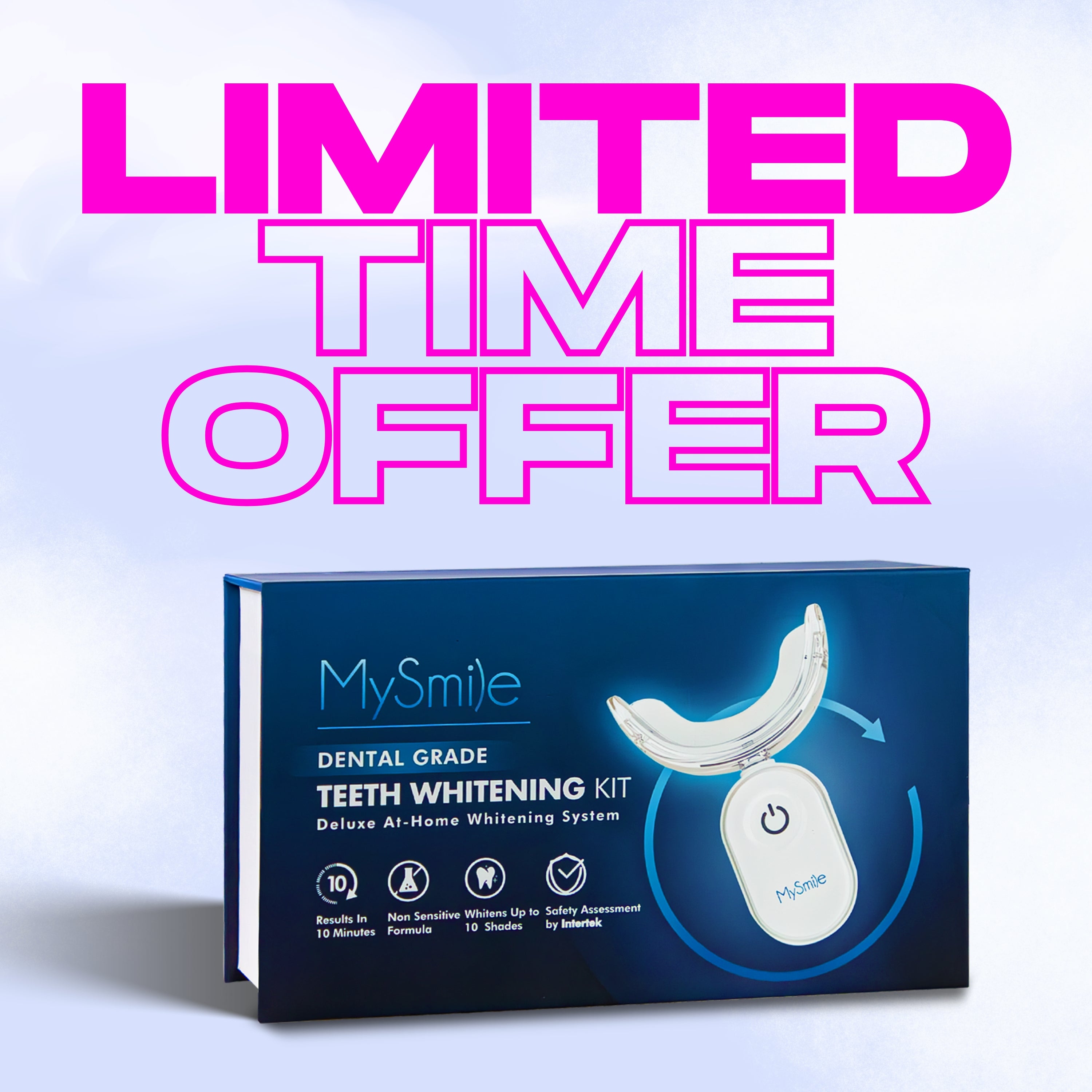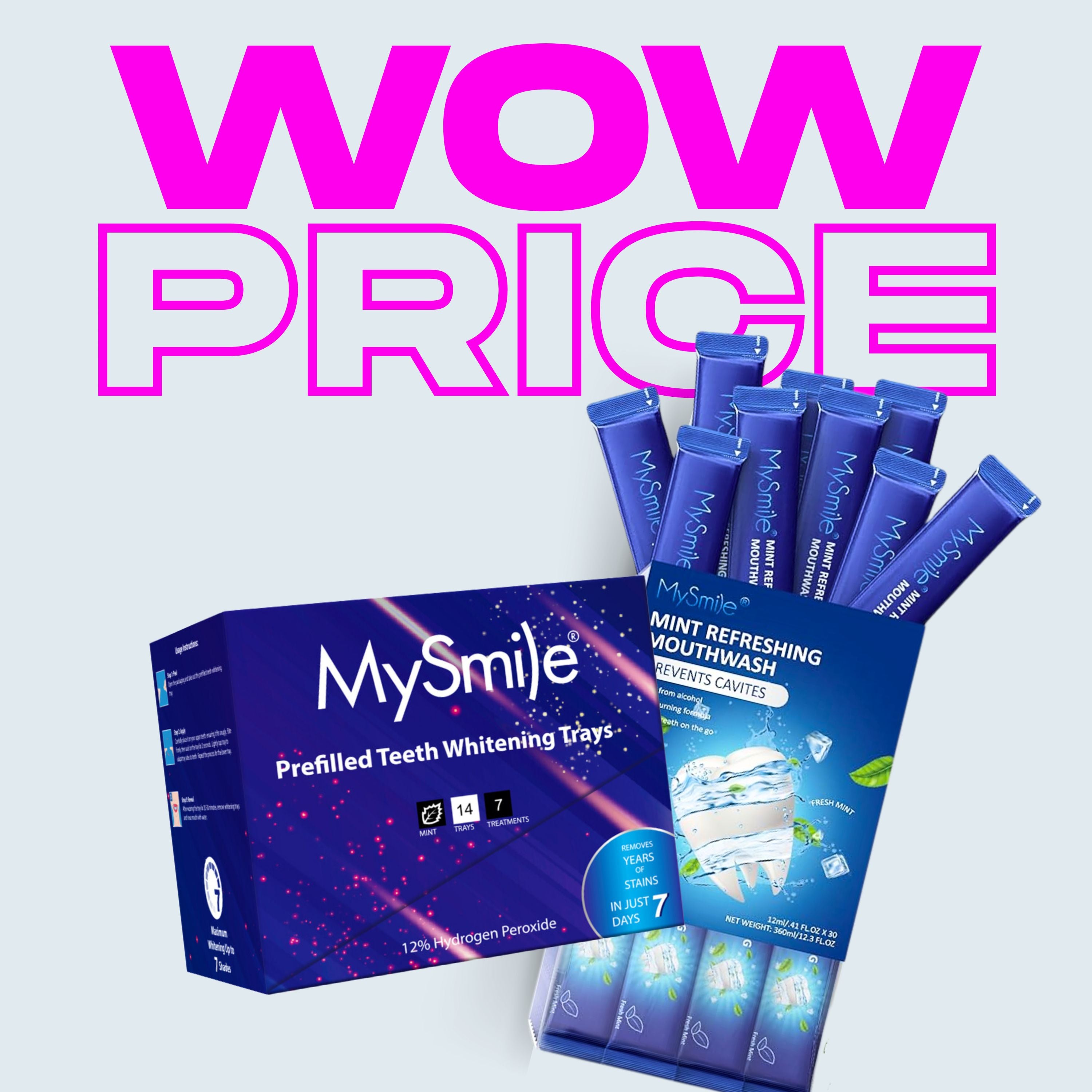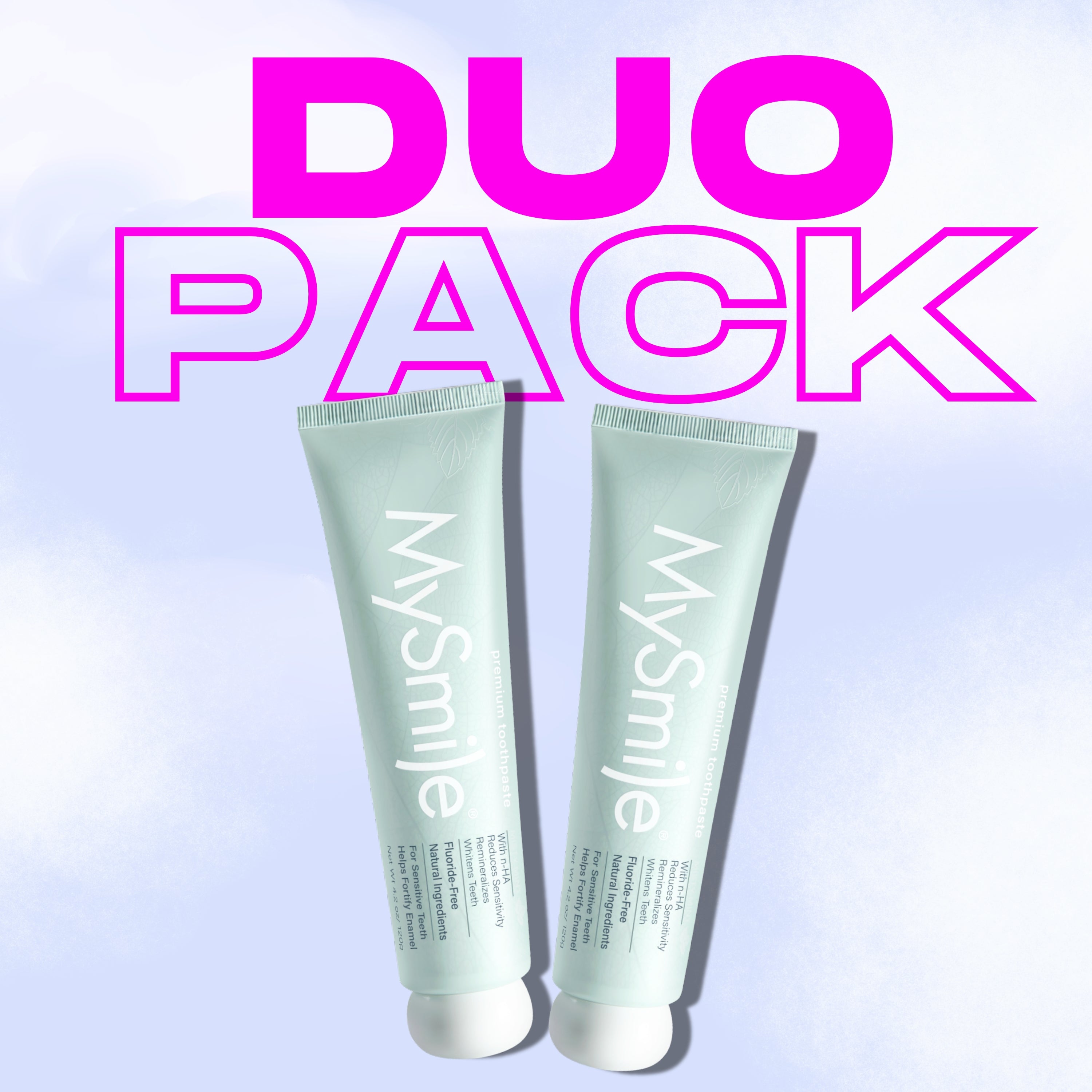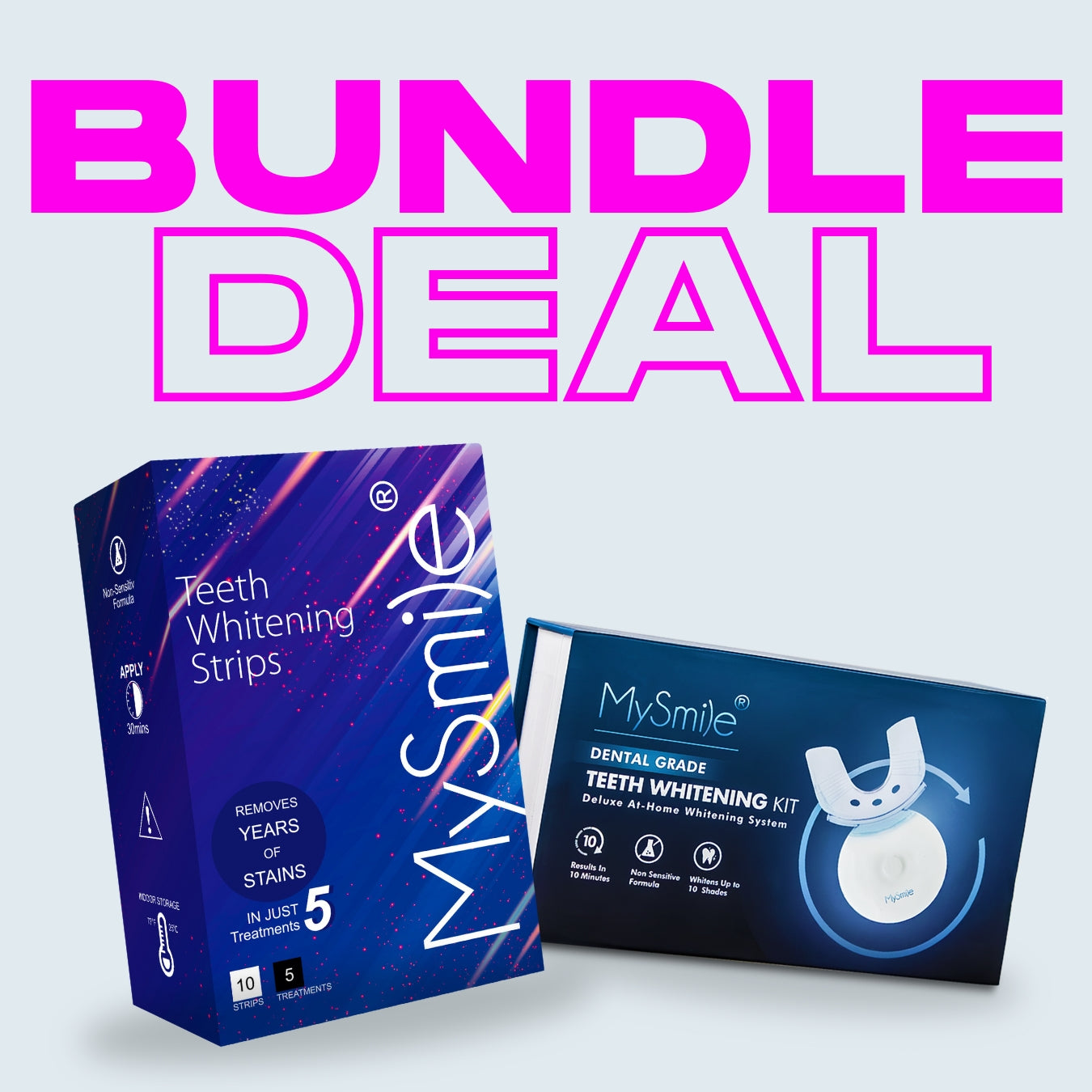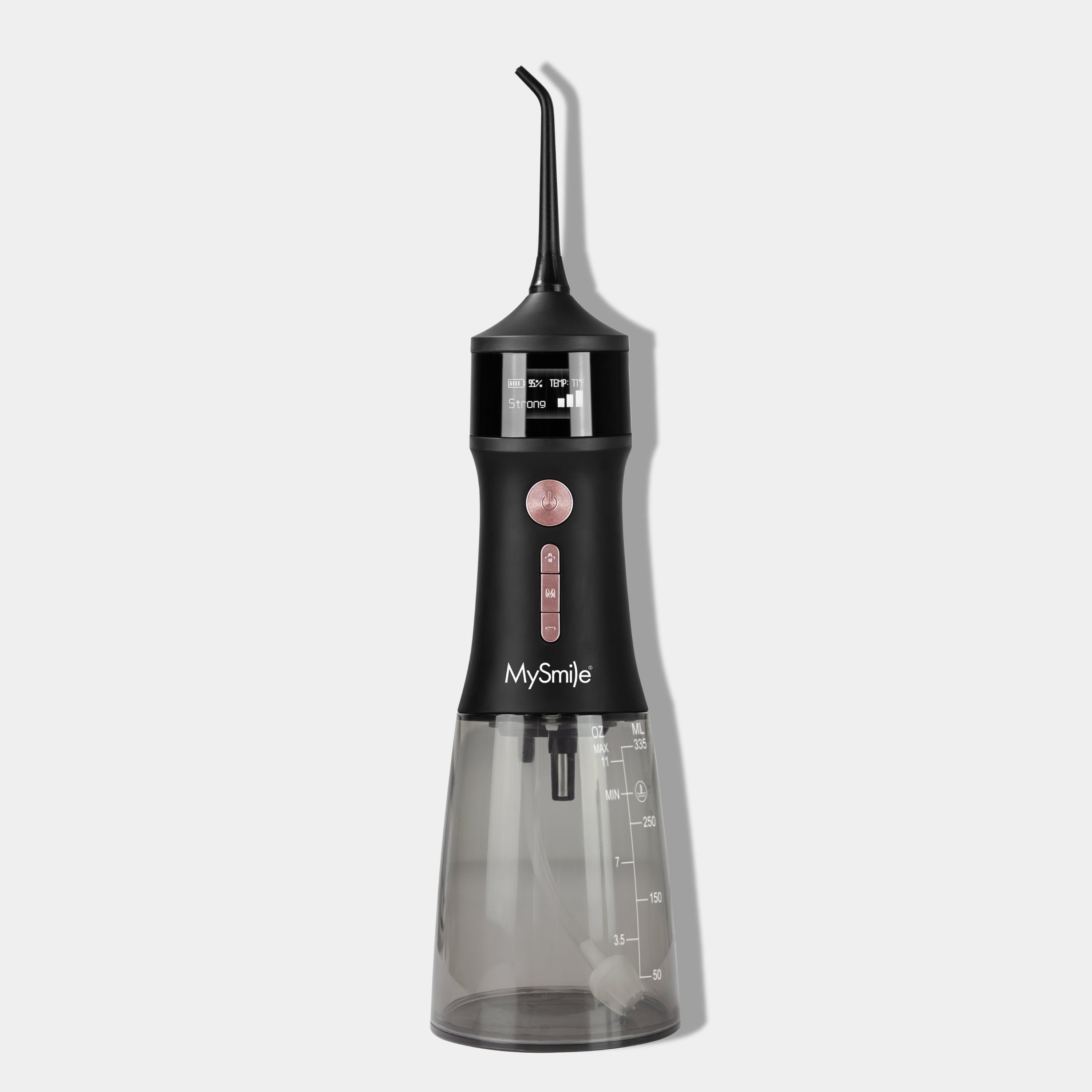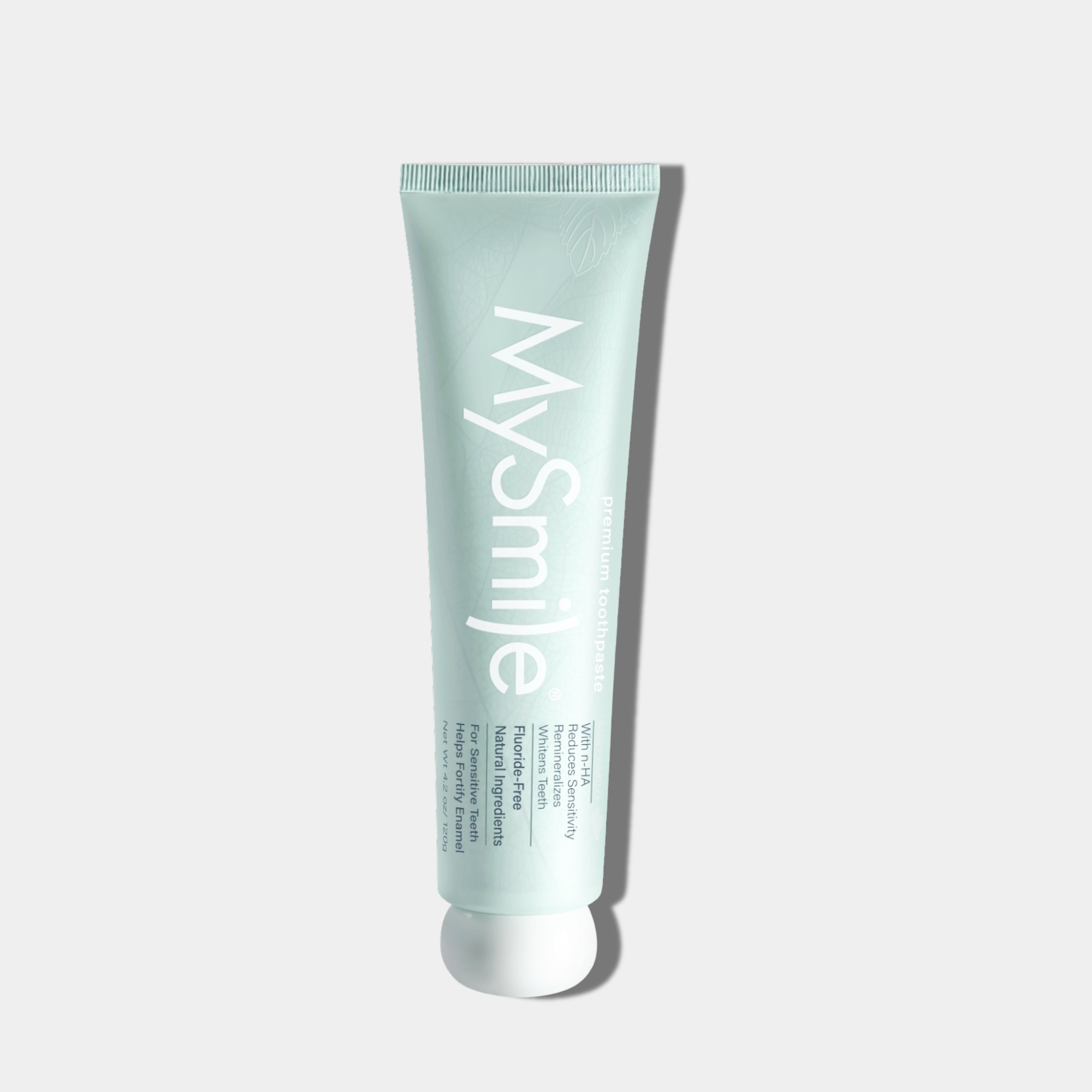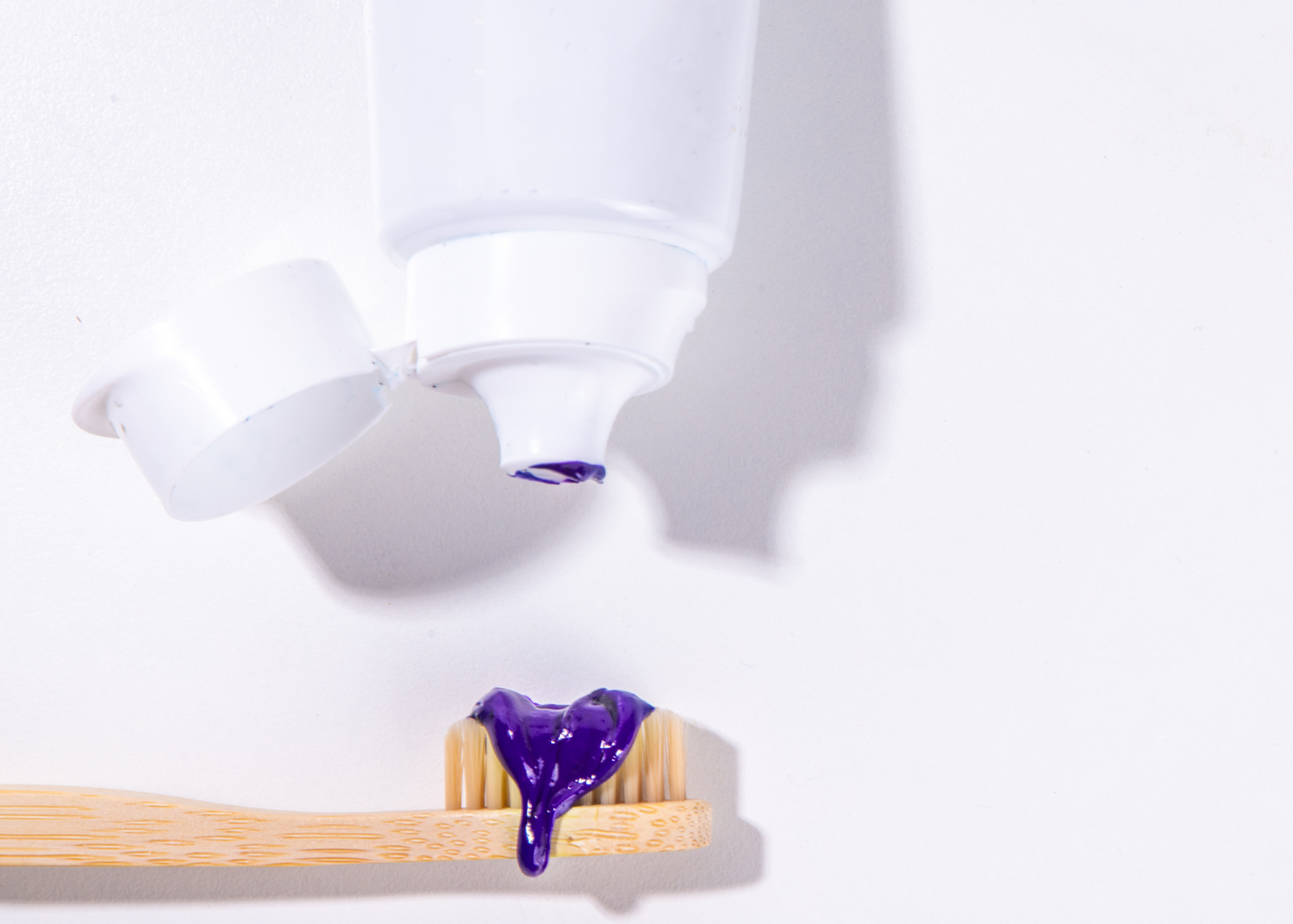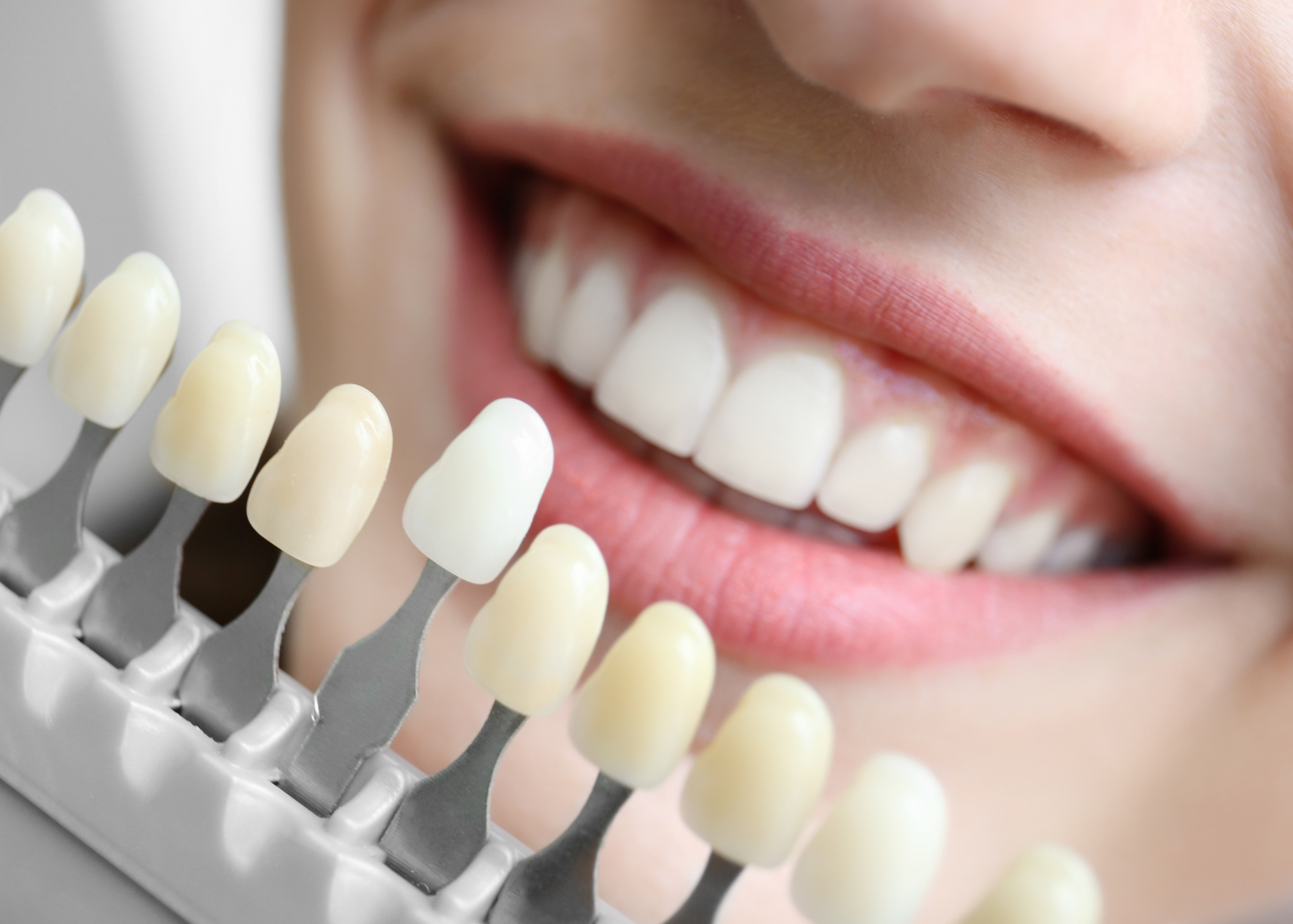When you stroll through the dental care aisle at your local store, amidst a myriad of traditional white toothpaste tubes, something unusual catches your eye. A purple toothpaste brand that claims to do wonders for your oral health—no whitening here, just fluorescent grape flavors and an alluring promise of freshness, unlike anything you've tried before.
Purple toothpaste is not just a gimmick; it's a testament to the diversification and innovation within an industry mostly associated with dental hygiene. But does the allure of tinted toothpaste extend beyond its modesty and charm? We're about to unpack the truth about purple toothpaste – its benefits, its drawbacks, and whether it's the right choice for you.
The Pros of Picking Purple Toothpaste
A Splash of Fun in Your Oral Care Regimen
For those who view toothbrushing as a mundane task, purple toothpaste can be a game-changer. The addition of a unique color and flavor offers a new and exciting component to your daily oral care routine. Many clinical studies show that when people enjoy the taste of their toothpaste, they brush for longer, which can significantly improve their oral hygiene.
A Fresh and Fruity Breath
The purple toothpaste phenomenon often comes in unconventional flavors like grape, blueberry, or a blend of exotic berries. While traditional toothpaste brands may play it safe with peppermint or spearmint, purple toothpaste offers an olfactory adventure that leaves your mouth feeling fresh and your breath deliciously fruity.
Effective in Removing Stains
While some may associate the color purple with children's concoctions, the truth is that purple toothpaste formulas are often designed to be more effective in removing surface stains. Various purple toothpaste brands include ingredients such as hydrogen peroxide or aloe vera to combat plaque and tartar, leaving your teeth cleaner and brighter over time.
The Cons of Choosing Purple Toothpaste
Potentially Higher Abrasiveness
Some purple toothpaste formulations may lead to higher abrasiveness compared to traditional types, particularly those that focus on stain removal. This could, in theory, contribute to enamel erosion over long-term use. Understanding the abrasiveness index on the package and consulting your dentist can help you avoid this issue.
Artificial Colors and Flavors
While the allure of vibrant colors and exotic tastes can be enticing, they are often the product of artificial colorings and flavorings. For individuals who seek a more natural oral care approach, purple toothpaste may not be the best fit. Artificial ingredients can also sometimes cause allergic reactions in some users.
Uncertain Long-Term Benefits
The novelty of purple toothpaste may overshadow its actual long-term benefits. While some are designed for specific oral health improvements, many are created to cater to a temporary trend. It’s crucial to scrutinize the actual benefits, as they might not always be as substantial as regular options that have stood the test of time.
Purple Toothpaste: Beneficial in Specific Cases
For Those With Discoloration Concerns
If you consume a lot of staining beverages or are concerned about the discoloration of your teeth, purple toothpaste can be a useful supplement. Brands that are high in stain-fighting ingredients like baking soda or silica may help to keep your teeth looking their brightest between professional cleanings.
Catering to Sensory Stimulation Needs
Individuals with sensory processing needs, such as some on the autism spectrum, can find the sensory input from flavored and colored toothpaste quite helpful. It may help some comply with a daily teeth cleaning routine, contributing significantly to their dental health maintenance.
When Purple Toothpaste Might Not Be Ideal
Those Using Home mysmile teeth whitening kit with LED light
For individuals using home mysmile teeth whitening kit with LED light, the high abrasive nature of some purple toothpaste can undo the effects of these treatments. It's important to follow the recommendations of your dentist and whitening product, which might suggest gentle toothpaste to ensure the success of the whitening process.
People with Specific Dental Conditions
If you have specific dental health issues, such as sensitive teeth or gum diseases, certain purple toothpaste might exacerbate the condition. Dentists generally recommend non-abrasive toothpaste or those designed for sensitivity or therapeutic purposes, which purple toothpaste might not cater to.
Enhanced Oral Health: Beyond the Hue Decision
Understanding the Ingredients
The color of the toothpaste isn't the only factor to consider when choosing products for your oral care. Understanding the ingredients list is crucial. Look for fluoride content, which helps prevent cavities, which suggests the toothpaste is safe and effective.
Incorporating Good Oral Hygiene Habits
While toothpaste plays a vital role in oral health, it's only one part of a more comprehensive approach. Regular flossing, using mouthwash, and bi-annual dental check-ups contribute as much, if not more, to your oral health than the type or color of toothpaste you use.
Is Purple Toothpaste Just a Fad?
Temporary Color, Lasting Impact?
While purple toothpaste may seem trendy now, it's worth considering whether it's a fleeting fad or a color that could endure. Sensory experiences are a significant part of marketing, and if the purple hue is backed by lasting efficacy, it could very well become a staple in oral care.
Consumer Trends and Market Predictions
Looking at consumer behavior and emerging oral care trends can give insights into the staying power of purple toothpaste. If there's a surge in consumer interest, it could prompt more significant dental care brands to introduce similar colored options, indicating a more permanent trend in the making.
Personal Experience vs. General Recommendation
The Final Question: Should You Switch to Purple Toothpaste?
Ultimately, the decision to switch to purple toothpaste should be a personal one. If you're curious to try new flavors and a different sensory experience, and if the formulation aligns with your oral health goals, there's no harm in trying it out. However, always consider your unique oral health needs and consult your dentist for personalized recommendations.
Personal Taste vs. Professional Advice
Your individual preferences and oral health needs should be the primary factors in determining whether purple toothpaste is the right choice for you. It’s essential to balance personal enjoyment with professional guidance. Keep an open dialogue with your dental professional to maintain a healthy and satisfying oral care routine.
In conclusion, while the allure of purple or colored toothpaste can certainly add a spark of excitement to your daily routine, it's important to make informed choices for your oral health. Determine if the ingredients align with your goals, ensure that the colorants do not pose any risks, and remember that the best toothpaste is one that you use regularly. Whether purple toothpaste is a revolutionary innovation or just a transient fad, the ultimate test is whether it’s contributing to your smile’s health and happiness.

